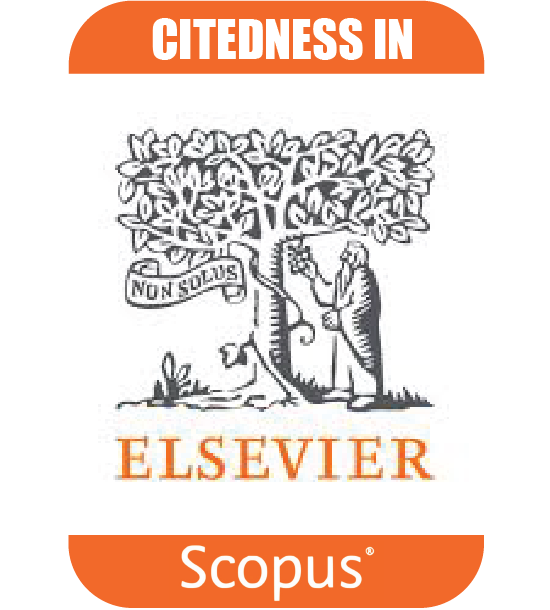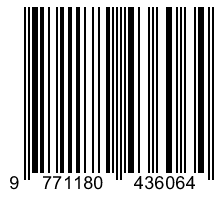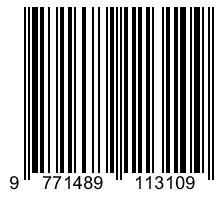ABBASID COINS IN NORTH SUMATRA: EVIDENCE OF INTERACTIONS WITH ISLAMIC CIVILIZATION IN THE 8TH – 9TH CENTURY A.D.
DOI:
https://doi.org/10.55981/amt.2022.21Keywords:
Islam, Abbasid, Coins, Bongal Site, North Sumatra, Abbasiyah, Koin, Situs Bongal, Sumatra UtaraAbstract
Abstrak. Koin Abbasyah di Sumatera Utara: Bukti Interaksi Peradaban Islam Abad 8-9 Masehi. Situs Bongal sejauh ini adalah situs purbakala di Nusantara yang memiliki bukti artefaktual tertua hadirnya peradaban Islam di Nusantara sebelum abad ke-12 M. Hal itu berbeda dari teori yang menyebut Islam di Nusantara berasal dari India dan mulai hadir sejak abad ke-12 M. Artefak yang ditemukan di Situs Bongal itu adalah koin-koin perak (dirham) dari masa Dinasti Abbasyah yang berasal dari kurun abad ke-8–9 M. Pertanggalan koin-koin Abbasyah tersebut bersesuaian dengan hasil pertanggalan mutlak terhadap material organik yang didapat dari ekskavasi di Situs Bongal. Hasil analisis karbon menunjukkan rentang okupasi Situs Bongal antara abad ke-6–10 M. Temuan berupa koin-koin Dinasti Abbasyah di situs Bongal adalah jawaban dari permasalahan tentang masuknya peradaban Islam ke Nusantara. Dalam kajian sejarah masuknya Islam ke Nusantara, muncul beragam teori yang menjelaskan asal dan masa kedatangannya. Salah satu teori menyebutkan bahwa Islam di Nusantara masuk sejak abad ke-7 M dibawa oleh para saudagar dari Asia Barat (Timur Tengah). Permasalahan dari teori tersebut adalah tafsirnya yang hanya didasarkan pada data historis semata tanpa dukungan data arkeologis. Koin-koin Abbasyah dari Situs Bongal menjadi bukti bahwa salah satu unsur peradaban Islam di Nusantara hadir seiring jalinan perniagaan kepulauan ini dengan Asia Barat (Timur Tengah) jauh sebelum abad ke-12 M.
Kata kunci: Islam, Abbasiyah, koin, Situs Bongal, Sumatra Utara
Abstract. Abbasid Coins in North Sumatra: Evidence of Interactions with Islamic Civilization in the 8th – 9th Century A.D. The Bongal site is an archaeological site in the archipelago with the oldest artefactual evidence of the presence of Islamic civilization before the 12th century AD. This is different from the theory that Islam in the archipelago originated from India and began to appear in the 12th century AD. That artefactual evidence is silver coins (dirham) from the Abbasid dynasty dating from the 8th – 9th century AD. The dating of the Abbasid coins corresponds to the absolute dating of organic materials obtained from the excavation at the Bongal Site. The carbon dating results show the Bongal Site’s occupation range is between the 6th – 10th century A.D. The findings in the form of Abbasid dynasty coins at the Bongal site answer the problem of the entry of Islamic civilization into the archipelago. In the study of the history of the entry of Islam into the archipelago, various theories emerged that explain the origin and time of its arrival. One theory says Islam in the archipelago entered in the 7th century AD, brought by merchants from West Asia (Middle East). The problem with this theory is that its interpretation is only based on historical data without supporting archaeological data. Abbasid coins from the Bongal Site are evidence that one of the Islamic civilization elements in the archipelago was present along with the trade relations of this archipelago with West Asia (Middle East) long before the 12th century AD.
Keywords: Islam, Abbasid, coins, Bongal Site, North Sumatra
Downloads
Published
How to Cite
Issue
Section
License
Copyright (c) 2023 Ery Soedewo, Nur Ahmad

This work is licensed under a Creative Commons Attribution-ShareAlike 4.0 International License.








